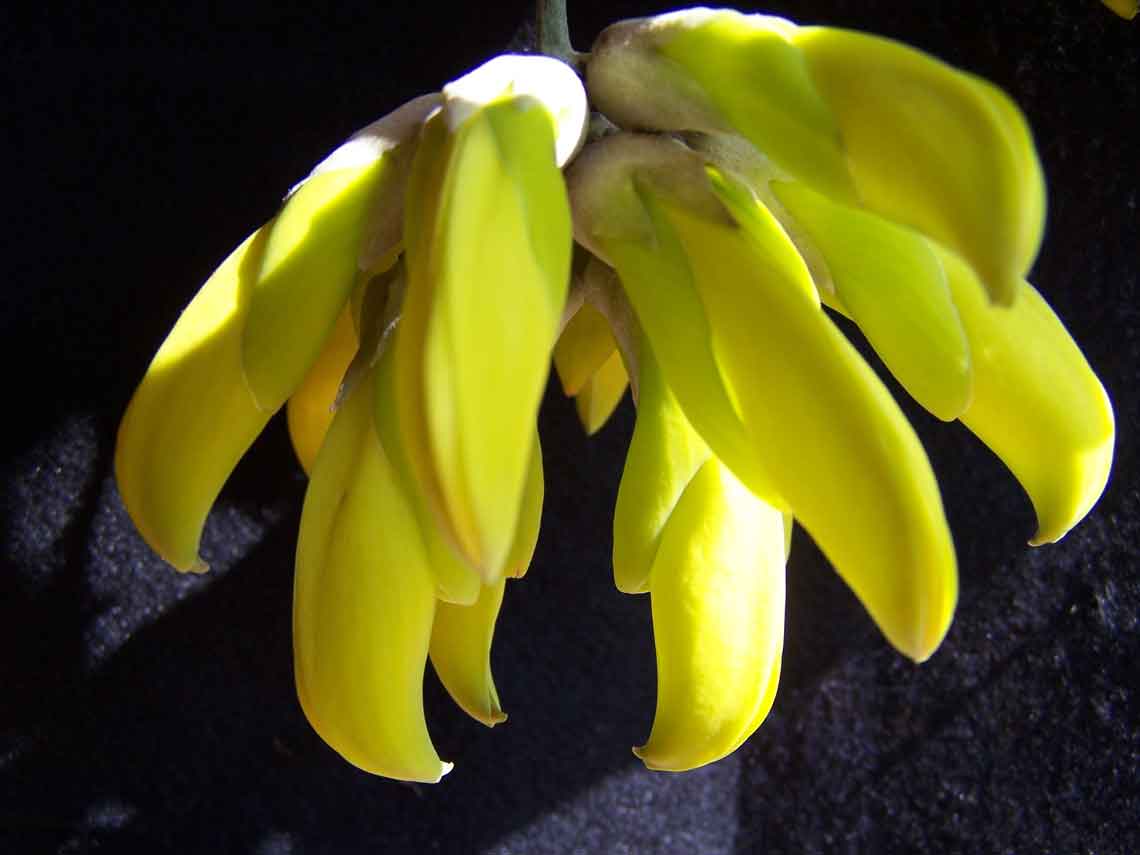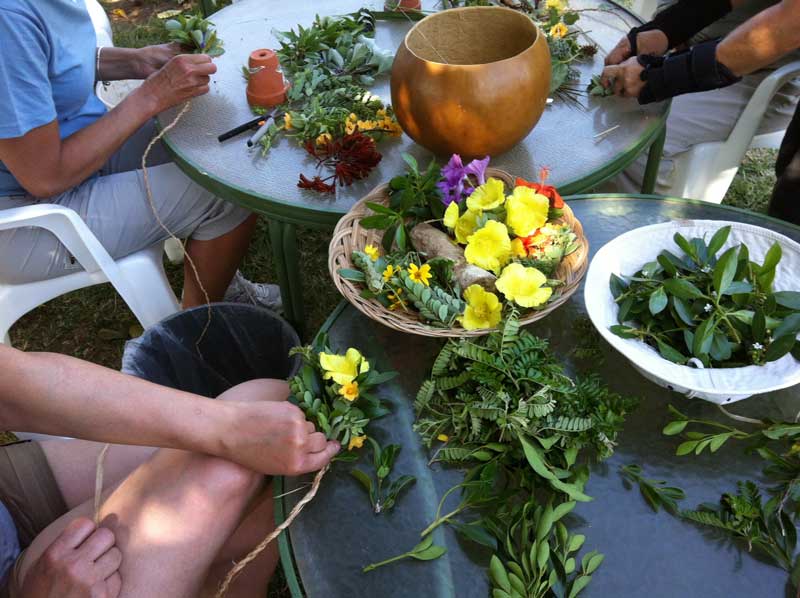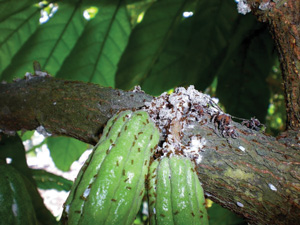Little fire ants are spreading throughout the state. First introduced to Puna in 1999, and shortly thereafter to Kaua’i, these…
Read More
MISC Target Species
A Haʻiku gulch full of suprises
“Anything that bristly has got to be invasive,” said the Haʻiku resident who reported a vine that she found in…
Read More
How to Mix Citric Acid for Coqui Control
Follow all label directions. You can find a generic label for citric acid here: Citric Acid 25b label Making your…
Read More
Invasive species can sting aloha
Aunty Penny Martin is a lei-maker on Molokaʻi. She was talking story one day with a friend visiting from Hawaiʻi…
Read More
LFA – Insidious invaders that you can stop
Ginger Johnson bought a hapu‘u fern late in 2013 to plant alongside others in her yard. But when she heard…
Read More
The little fire ant-bad news for food crops
The little fire ant, Wasmannia auropunctata, is a pest with a deservedly nasty reputation. Alone, this wee ant is neither…
Read More





